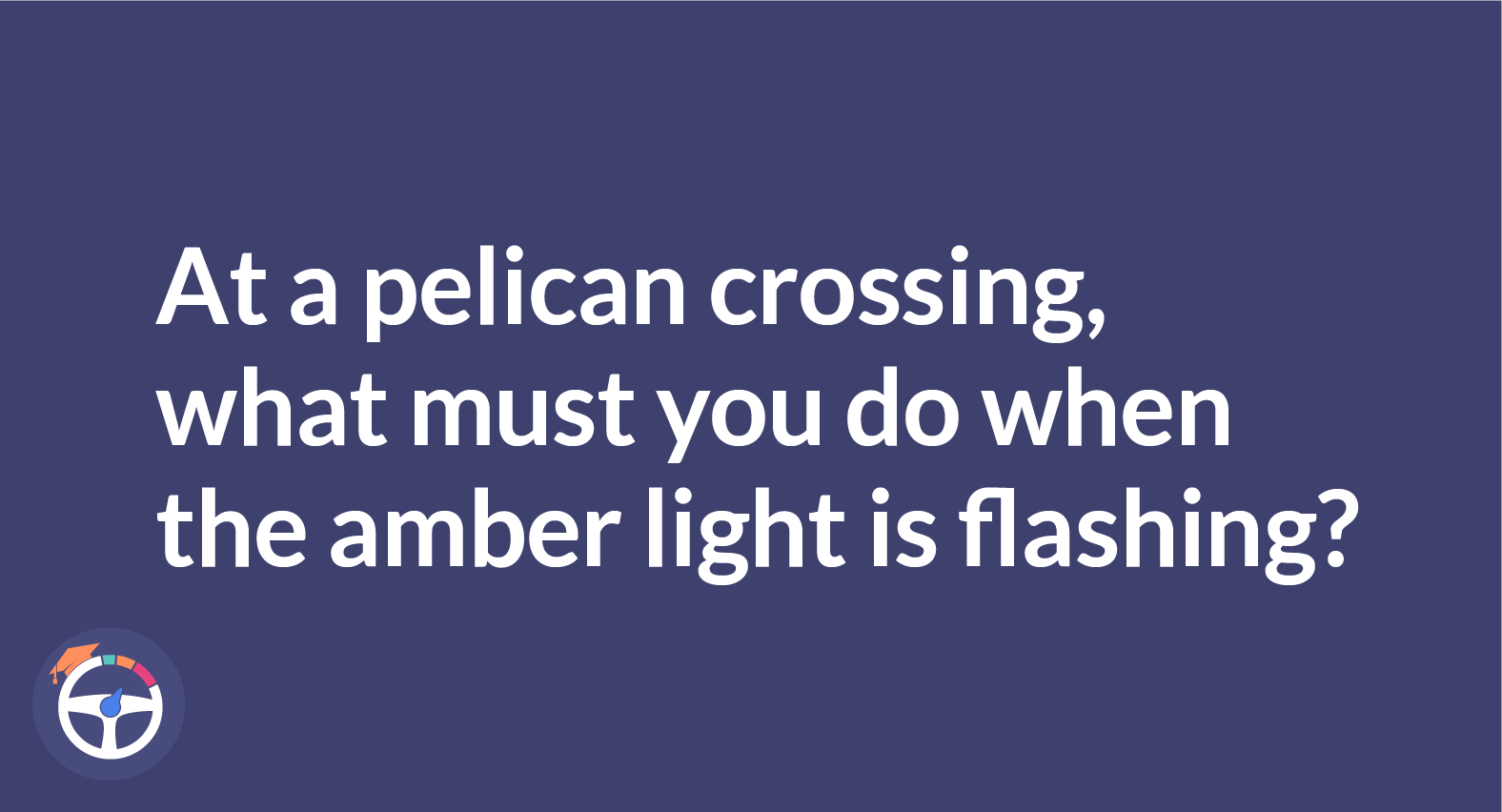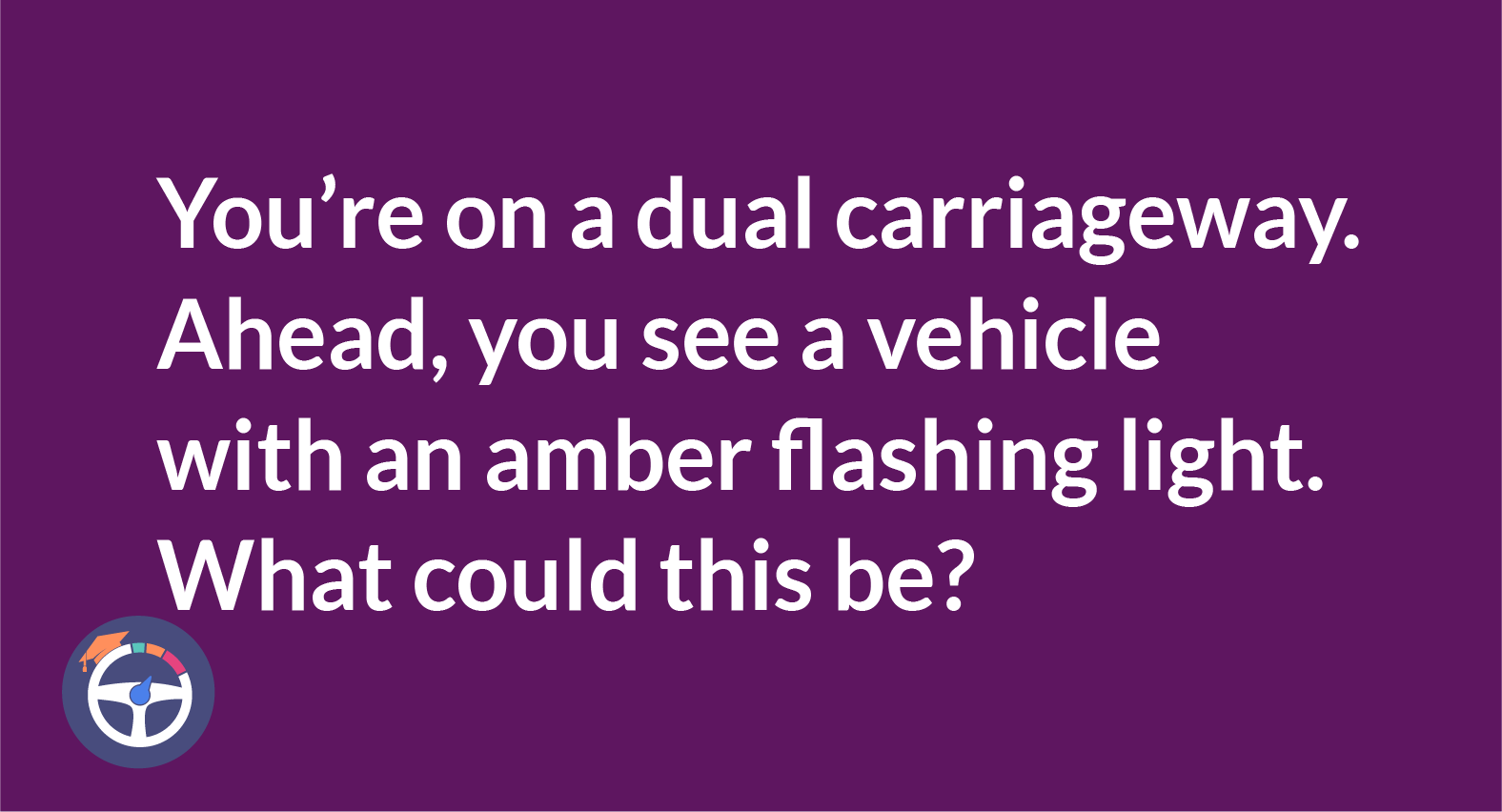What is Toucan Crossing: Understanding Differences, Advantages, and User Benefits
A Toucan Crossing is a signal-controlled crossing that is accessible to both cyclists and pedestrians, with some cycle routes directing cyclists to these areas. Always be vigilant for cyclists, as they tend to approach much quicker than pedestrians.

Contents
- What is Toucan Crossing: Understanding Differences, Advantages, and User Benefits
- What is a Toucan Crossing?
- How Does a Toucan Crossing Differ from Other Crossings?
- The Benefits Of Toucan Crossings
- Where Can Toucan Crossings Be Found?
- Safely Approaching a Toucan Crossing
- Automatic Detection and Functionality
- Should There Be More Toucan Crossings?
- FAQ
- Can motorized vehicles use toucan crossings?
- Does anyone with vision impairment have access to audio signals at toucan crossings?
- Do cyclists at toucan crossings have any special speed limits?
- Are toucan crossings more common in urban or rural areas?
- Are there special road markings to denote the presence of toucan crossings?
What is a Toucan Crossing?
A toucan crossing is a particular kind of pedestrian crossing made to hold space for both bicyclists and pedestrians at the same time. Toucan crossings are an essential component of cycle-friendly road infrastructure. In contrast to traditional crossings, they have particular design elements intended to meet the needs of cyclists.
How Does a Toucan Crossing Differ from Other Crossings?
The primary difference between toucan crossings and other kinds of crossings lies in their functionality and design. The other kinds of crossings include pelican or puffin crossings. Toucan crossings show a green man figure and a bicycle symbol. It is shown when it’s safe for both cyclists and pedestrians to cross rather than an amber flashing phase in their light sequence.
The Benefits Of Toucan Crossings
1. Enhanced Safety for Cyclists and Pedestrians:
Toucan crossings give a specific area where cyclists and pedestrians can cross the road safely. These crossings especially at busy intersections or places where there is a lot of cycling activity, lower the risk of accidents and collisions by separating them from motorized traffic.
2. Accessibility Improvement:
Ramps and tactile pavement are common features at toucan crossings. This makes places more accessible to those with mobility impairments. Such as visually impaired persons and wheelchair users! This increases their inclusivity and accessibility to a wider range of users in comparison to traditional crossings.
3. Decreased Congestion in Traffic:
Toucan crossings facilitate the birds to move more easily across roads. This facilitates pedestrian and cyclist crossings. Cyclists are allowed to cross without dismounting. To maintain the flow of both vehicle and pedestrian traffic!
4. Encouragement of Sustainable Transportation:
Bicycle use is encouraged as a sustainable mode of transportation by toucan crossings. It provides riders with a more practical and safe crossing choice. This fits in with broader initiatives that encourage leading an active lifestyle. And reducing carbon emissions! Moreover, resolves urban mobility-related problems.
5. Integration with Bicycle Infrastructure:
Among other cycling infrastructure, toucan crossings are frequently found in designated cycle lanes and paths. This seamless integration promotes the use of approved bike routes by increasing connectivity. And promotes the development of more bicycle-friendly urban settings!
6. Respect for the Accessibility Standards:
Toucan crossings abide by accessibility guidelines and rules in order to respect laws against discrimination and people with disabilities. These crossings promote inclusivity and equality in transportation infrastructure by providing features like tactile paving, audible signals, and clear signage that increase accessibility for people with disabilities.
Where Can Toucan Crossings Be Found?
Toucan crossings are found in places where there is a lot of cycling activity. Like at intersections with designated bike lanes or at the entrances to sizable parks. They are often put in place as a component of road redesign projects. It is meant to encourage cycling and create environments that are conducive to it.
Safely Approaching a Toucan Crossing
Drivers must be cautious and mindful of cyclists and pedestrians when approaching a toucan crossing. During driving lessons, learners are instructed to approach these crossings using the mirror-signal maneuver routine. This ensures safe interaction with other road users.
Automatic Detection and Functionality
Some toucan crossings are equipped with sensors to detect approaching cyclists. But, most rely on a timer system to change lights after a predetermined time interval. This ensures that the lights change automatically, regardless of whether pedestrians or cyclists are present.
Should There Be More Toucan Crossings?
Many argue that increasing the number of toucan crossings is essential for promoting cycling and improving road safety. Despite the conversion costs, the potential advantage of toucan crossings in terms of road safety and encouraging cycling outweigh the expenditure, aligning with broader initiatives to create healthier and more sustainable urban environments.
FAQ
1. Can motorized vehicles use toucan crossings?
For pedestrians and bicyclists, toucan crossings are primarily intended. It is forbidden to use them for crossing by motorized vehicles such as cars and motorcycles. These vehicles must only cross roads with permission. Moreover, they must abide by standard traffic laws.
2. Does anyone with vision impairment have access to audio signals at toucan crossings?
Toucan crossings often include audible signals to assist visually impaired pedestrians in safely navigating the intersection. Beeping sounds or tactile indicators are examples of these signals. These signals operate as auditory cues to indicate when it is safe to cross the street.
3. Do cyclists at toucan crossings have any special speed limits?
Cyclists are advised to use caution. They are also advised to maintain a reasonable speed when crossing intersections. Even though there are no official speed limits for cyclists using toucan crossings. To guarantee the safety of all users of the road, cyclists must yield to pedestrians. And obey traffic signals.
4. Are toucan crossings more common in urban or rural areas?
Toucan crossings are usually found along cycle lanes and designated cycling routes. As well as in urban areas with high pedestrian and cyclist traffic! They might also be installed in rural areas where there is a greater need to provide safe crossings for bicyclists and pedestrians.
5. Are there special road markings to denote the presence of toucan crossings?
YES! To let drivers know that there is a toucan crossing; roads are typically marked with noticeable markings. These markings include white zigzag lines and symbols for cyclists and pedestrians. These markings improve safety for cyclists, pedestrians, and drivers by increasing visibility and awareness.


